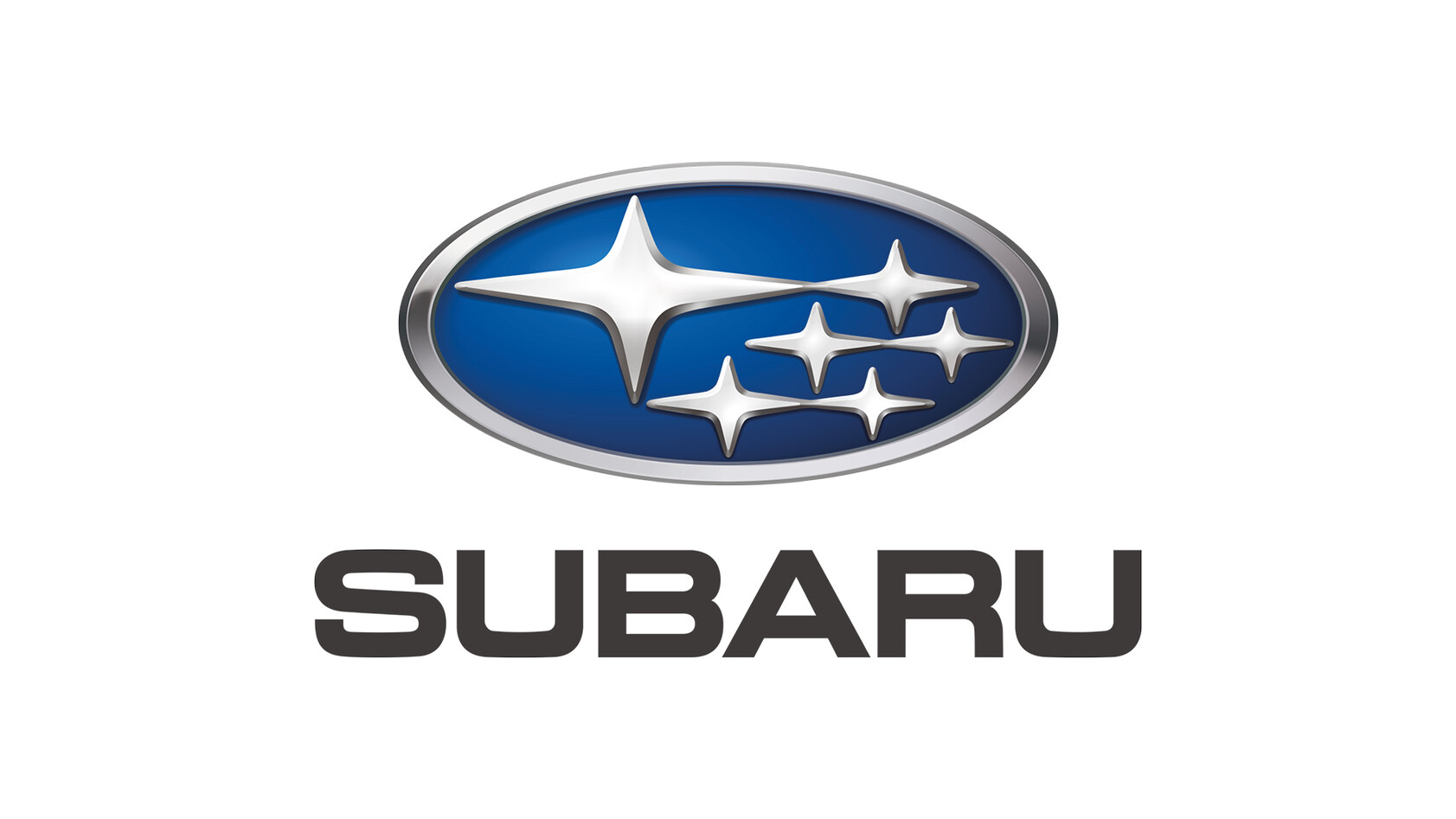
By leveraging data-driven modeling, SUBARU achieves significant improvements in engine calibration.
The Japanese automaker SUBARU faces major challenges when calibrating internal combustion engines. The increasing complexity due to stricter regulations and the transformation of the automotive industry demands ever more precise and efficient calibration processes. These developments require extensive measurements and fine-tuned calibrations, significantly increasing time and cost.
To tackle these challenges, SUBARU has successfully relied for several years on the data-driven modeling tool ETAS ASCMO in combination with the automation software INCA-FLOW, developed in cooperation with IAV.
Typically, a DoE (Design of Experiments) approach is used for the required test-bench measurement campaigns. This approach aims to create a meaningful model based on a limited number of data points by carefully selecting measurement points. Experts are responsible for excluding risky measurement areas in advance due to system limitations—such as excessively high temperatures or pressures. However, the exact system limits are often unknown at the start of a measurement campaign, which poses the risk of reaching critical states or overlooking relevant measurement areas. This can lead to inefficient measurements and, in the worst case, costly system failures.
ETAS ASCMO-ODCM (Online DoE with Constraint Modeling) revolutionizes this process. Instead of relying solely on expert knowledge, ASCMO uses machine learning techniques to autonomously explore the entire measurement range during the campaign, automatically learn system limits, and exclude potentially risky measurement points. The underlying classification model is continuously refined during operation using active learning methods and categorizes the measurement range into safe and risky zones, enabling a comprehensive yet safe measurement strategy.
Additionally, INCA-FLOW not only automates ETAS INCA, but it also allows seamless integration into the existing toolchain, including ASCMO-ODCM and the test bench system, thanks to the ad hoc developed Toolbox Testbench Connector (TBC). INCA-FLOW automatically initiates and manages all operations: it uses a DoE from ExpeDes generated by ASCMO as the basis for ODCM and sends corresponding commands to the test bench system and INCA to target the intended measurement points. Specific functions and integrated libraries are used to ensure a step-by-step and smooth calibration of design points. If soft limit violations occur, the system offers corrective measures, such as re-approaching the target point. Feedback on the feasibility of the point is then returned to ODCM, which determines which the next optimal point should be targeted and if the operation should be concluded.
By combining ETAS ASCMO, ETAS ASCMO-ODCM, and INCA-FLOW, SUBARU has significantly increased their efficiency. Specifically, three key benefits were realized:
- Avoiding critical measurement points not only saved substantial time, but it also reduced the risk of engine damage and related costs.
- Precisely narrowing down relevant measurement areas led to a higher number of successful measurements across all system-relevant areas. This enabled a robust model in ETAS ASCMO while also making the entire calibration process more efficient.
- The elimination of reliance on expert knowledge greatly simplified the preparation of measurements, as the setup and execution of tests with ODCM and INCA-FLOW were automated and required no manual intervention.
Overall, these optimizations allow SUBARU to meet the increasing demands of the automotive industry while simultaneously conserving resources and minimizing risks.
For more information visit the ASCMO product page.